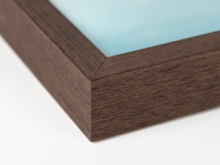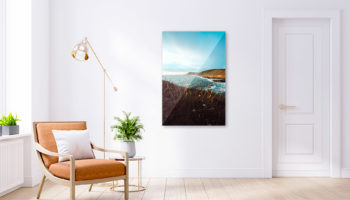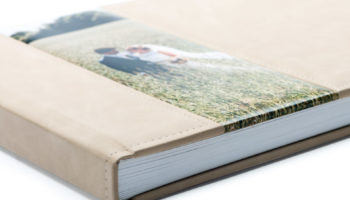
How do I calibrate my monitor?
There are a number of ways you can manually calibrate your monitor. However, the only truly reliable way is to use a special measurement cell. Together with specific software, this creates a colour profile of your monitor. Examples:
Kamera Express has an extensive range of colour management devices; browse all the products here.
The Dutch Institute for Digital Photography has formulated a digital photography guideline. Among other things, this relates to your camera settings, the creation of profiles and the calibration of your working environment. The Dutch Institute for Digital Photography’s guideline can be downloaded from their website.
Analysing your digital images
There are three key elements to take into account when analysing your digital images:
- The workspace
- Monitor calibration
- Software setttings for colour rendering.
The workspace
You’ve probably heard of monitor calibration. But did you know that your workspace also impacts how you’ll perceive your on-screen images? As such, to attain accurate analysis, only neutral colours (preferably grey) are permitted in the workspace. Standard illuminants apply as good default lighting. Failing to adhere to these criteria means it will be practicalaly impossible to create a 100% reliable reproduction. The Dutch Institute for Digital Photography has formulated a comprehensive workspace guideline. This can be downloaded from the website listed below.
» Download the Dutch Institute for Digital Photography’s guideline.
Monitor calibration
In order to properly assess contrast, brightness and colour, photographers must regularly calibrate their monitor. There are a number of ways you can manually calibrate your monitor. However, the only truly reliable way is to use a special measurement cell. Together with specific software, this creates a colour profile of your monitor. Examples:
- xRite Eye-One Display2 / Eye One Photo
- Pantone / Colorvision Monitor Spyder3
Other ways to improve your monitor
The only truly reliable way to analyse your images is by using a measurement cell. The methods listed below are less accurate but can however yield significant improvements.
With a test file
A test file is an affordable (but less reliable) way to test colours.Have the test file printed by Profotonet and compare the results with your monitor. We also have a file that can be printed to see whether the lab you’re working with actually uses Colour Management. A great testing tool; a green tick shows they’re hitting the mark. If it’s red, they do not support the colour profile in question.
Or, read our comprehensive blog: “Photos too dark” for more tips.










